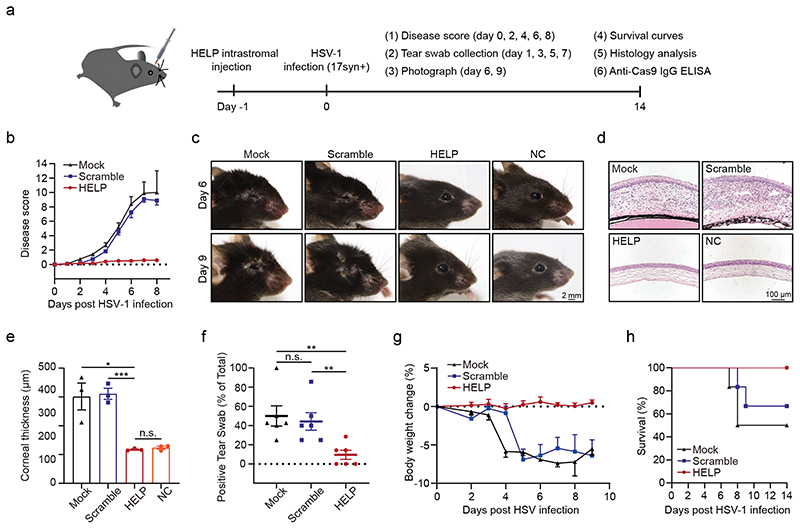Figure 3. HELP suppresses HSV-1-associated disease pathologies in the prevention model.
a, Flow chart for evaluating antiviral effects of HELP in vivo. 100 ng p24 HELP, scramble mLP or 2 μL PBS (Mock) were injected into corneas. After 24 h, the mice were infected with HSV-1 17syn+ (2×106 PFU/eye). b, Ocular disease scores (0 to 4, 4 being severe) in mice. n=6 mice. c, Photographs of the right eyes of differently treated mice on 6 dpi and 9 dpi. Each image is a representative of 3 mice in one experiment. NC, non-treated control. Scale bars, 2 mm. d, Corneal histology of eyes on 14 dpi. Each image is a representative of 3 mice in two independent experiments (c, d). Scale bars, 100 μm. e, Thickness of the corneas assessed from histology. n=3 mice. HELP vs. Mock and Scramble, P=0.0168 and 0.0006. f, Secreted HSV-1 assessed from the swabs of eyes. Tear swabs from each mouse was collected at 1, 3, 5, 7 dpi during the experiment. The percentage of HSV-1 positive swabs was recorded. n=6 mice. Mock vs. HELP, P=0.0056; Scramble vs. HELP, P=0.0072. g, Bodyweight. n=6 mice. h, Kaplan-Meier survival curves. n=6 mice. Data and error bars represent mean ± SEM. Unpaired two-tailed Student’s t-tests. n.s.=non-significant.

